Which camera should I buy: the ultimate camera buying guide
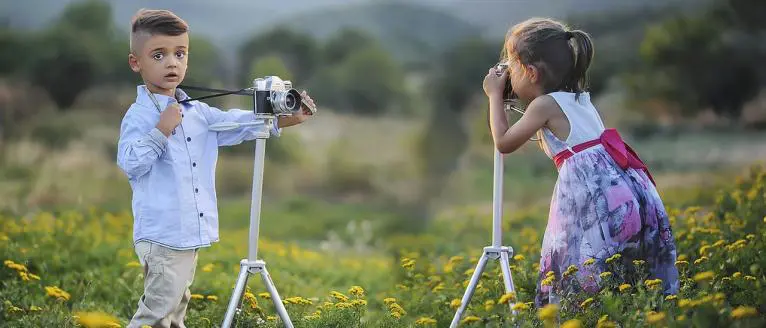
Whether you’re new to photography or have been shooting professionally for years, buying a new camera is always a lot of work. After all, how do you know which camera suits you best? In this ultimate camera buying guide, we explain everything about the most common camera types, what they do and what you should pay attention to. We will discuss different types of photography and help you determine what kind of photographer you are. After reading this guide and following our step-by-step guide, you’ll definitely have a better idea of which camera to pick and buy.
What kind of photographer or videographer am I?
We often get the question if we can help with picking a camera, and the first question we ask: what kind of user are you? We have divided the types of users into groups. Based on these groups, we think it is a lot easier to select the right camera type for you.
- The better than my smartphone photographer: A camera that is better than my phone and can also zoom in optically without hassle + printing: Compact Camera up to $400
-
- Every day / holiday use | Automatic settings / easy to use | Good for photo book print | Compact and light (fits in pocket) | No editing required
- The everyday / vacation photographer: A camera that is better than my phone, can zoom optically, film and possibly has creative functions: Compact Camera up to $700
-
- More creative and manual control | Larger Zoom | Better build and photo and video quality | Compact and light
- The no limits, but compact photographer: A camera of the highest quality, creative control, but without changing lenses: Compact Camera from the best segment
-
- A better sensor and overall build quality | Videos of 4K quality | Large zoom | Compact and light
- The extreme zoom photographer: A compact (bridge) camera with an extreme zoom: A super zoom compact or bridge camera (multiple price segments)
-
- Being able to zoom in extremely with a limited budget | Moon and nature photography | Creative freedom | Bigger camera
- The adventurous photographer or videographer: If you practice sports and want to capture everything in your environment, preferably waterproof: An action camera or 360-degree camera (and drone)
-
- Good for (extreme) athletes, swimmers, or people who drop their camera | For unique angles of view | Discreet camera | Water-resistant or waterproof
- The novice professional: I want sharp photos, creative freedom, change lenses, a device that is not too big, video of fine quality: Mirrorless camera up to $800 (including lens)
-
- Full manual control | MFT/APS-C sensor | Larger number of megapixels | Good video | Affordable Lenses | Creative features
- The advanced all-round photographer: I want sharp photos, full control over the device, change lenses and can be used for photos and good videos: Mirrorless cameras up to $1200
-
- Full manual control | Good quality sensor and image processor | Good quality 4K film | Many additional features | RAW photography
- The (semi) professional photographer / videographer: I know what I want from my device, 4K+ video, but I still want to compare: Mirrorless cameras up to $2500 or good 4K mirrorless film camera
-
- More expensive segment MFT/APS-C or Full frame sensor | 4K film with high bitrates | RAW Photography | A camera for every kind of user | High megapixel count | More expensive lenses
- The Professional: I have already made several purchases and just came and take a look at Camera Deals Online: Mirrorless cameras and DSLRs from the best segment: the best cameras
-
- For the photographer or videographer who knows what model they need | Full frame sensors | High video quality/resolution up to 8K | For professionals in film, nature, street, portrait and sports photography | Expensive lenses
The steps we list below are designed to help you determine what kind of camera is right for you based on your photography ideas and goals.
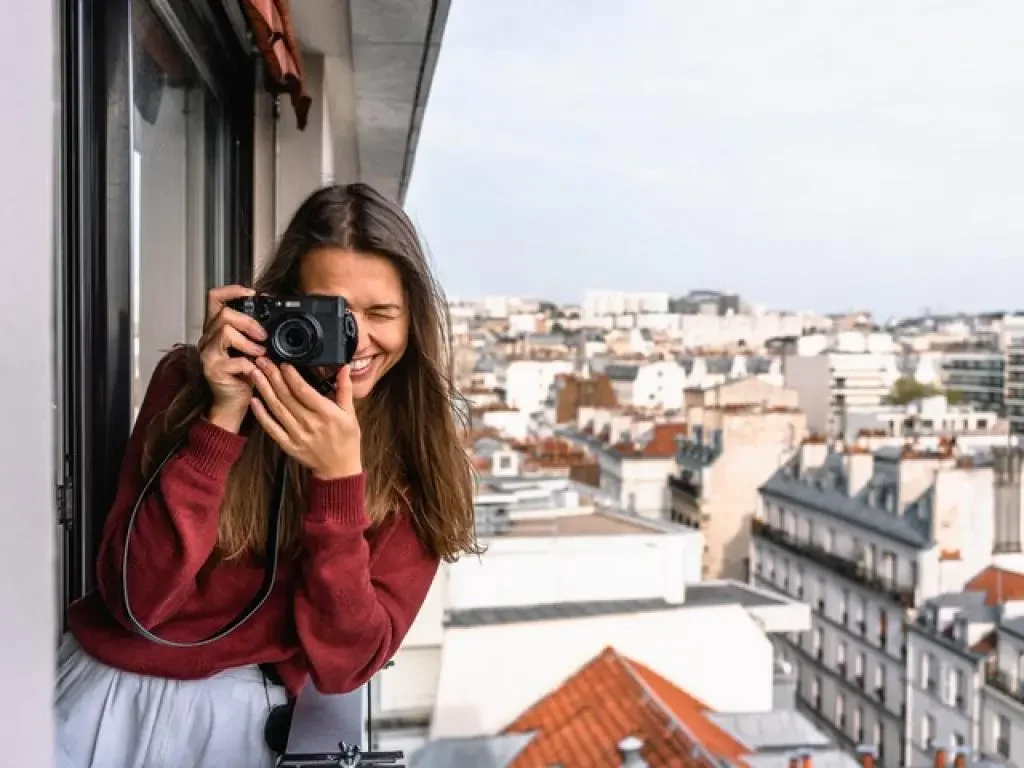
Photo credit: Matt Hardy
Picking the right camera step-by-step plan
- Think about what you want to record:
- If you’re going to use the camera for vacation and family snapshots or everyday moments, then it’s best to pick a compact camera.
- Do you want to record the snowboard holiday or the great hiking trip? Then take a look at an action camera or small mirrorless camera.
- Athletes, fast cars or wildlife require a fast camera. In this case, look for a fast mirrorless camera or DSLR camera. The photos per second and a fast image processor are important here.
- Portraits, landscapes, architecture, or studio photography usually require a high-end mirrorless camera or good DSLR camera. Cameras with a full-frame sensor can capture a wider angle of view and capture more light. This is useful in nature or when there is little light available, but these sensors are also a lot pricier. The choice of lens is also important here. Lenses are often even pricier than the camera itself. It is therefore important to know what kind of lenses there are and what they cost.
- Determine your budget: Go for a camera with a fixed budget and don’t increase your budget by more than 10 to 15%. Giving yourself a limit makes it easier to exclude certain models.
- Do you want to be able to film? Do you like to make (professional) videos? Then it is best to go for a better mirrorless camera. Compact cameras generally do not have high-end video quality, and single-lens reflex cameras (DSLR) are usually made purely for photography. Of course, there are DSLRs that can film well, but then there is also a price tag attached.
- Decide what kind of camera you want: After going through the steps above, you probably have an idea about the kind of camera you want. You’ve come a long way now, good job! You only have to look between the models you have chosen. Furthermore, you can find more about camera types later in this article.
- Compare the cameras with each other, based on videos, our reviews, and the specifications you need: Our camera top 10 lists are useful.
- Limit your choice to a maximum of 3 cameras: After comparing, there will probably be 2 or 3 cameras left. Now, you should read one of our reviews and learn more about the camera’s functionalities. Do you find all those camera terms and names difficult? Don’t worry, in our Camera Terms and words Dictionary you will find the most common terms with a short and concise explanation. This way everything becomes easy to understand and you make an even better choice. Consider, for example, an explanation of shutter speed, an image processor and ISO, Aperture and sensors.
- Find the best webshop for your new camera: search for the camera through our site and view the list of prices and webshops to find the best deal. Do you want to know what the best cameras of today are? Then view our top lists.
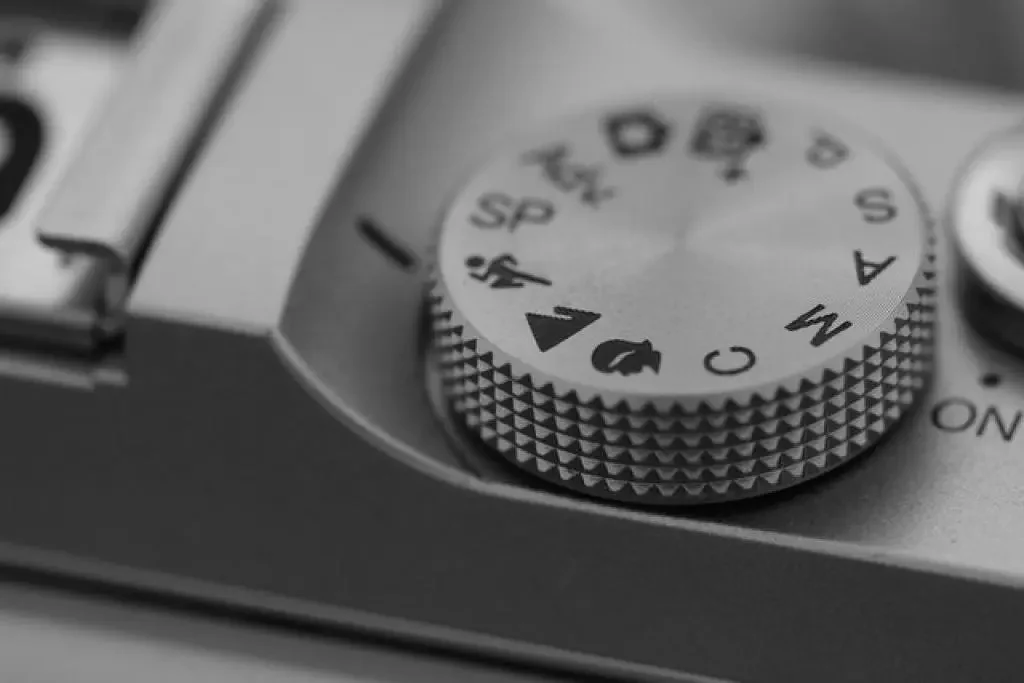
Photo credit: Abdulmeilk Aldawsari
Which camera features are important?
You might think that buying a camera is all about the megapixels, but there are features that are much more important. The size of the sensor is one of them; the size and quality of the sensor is perhaps the most essential, and always has been, in the long history of the camera. If you look at the specifications of a photo camera, you will come across terms such as megapixels, sensor (size), image processor, image stabilization, ISO, aperture and shutter speed. The performance of these camera features are significant because that way you know how good the camera is. But it is also important to know whether there is a tiltable (touch) screen, internal flash, viewfinder and a video function.
What am I going to photograph?
The camera you buy is closely related to the subjects you want to photograph. If you have an idea of what you want to shoot, you are already a big step in the right direction. Below, we provide suggestions for camera types per type of photography.
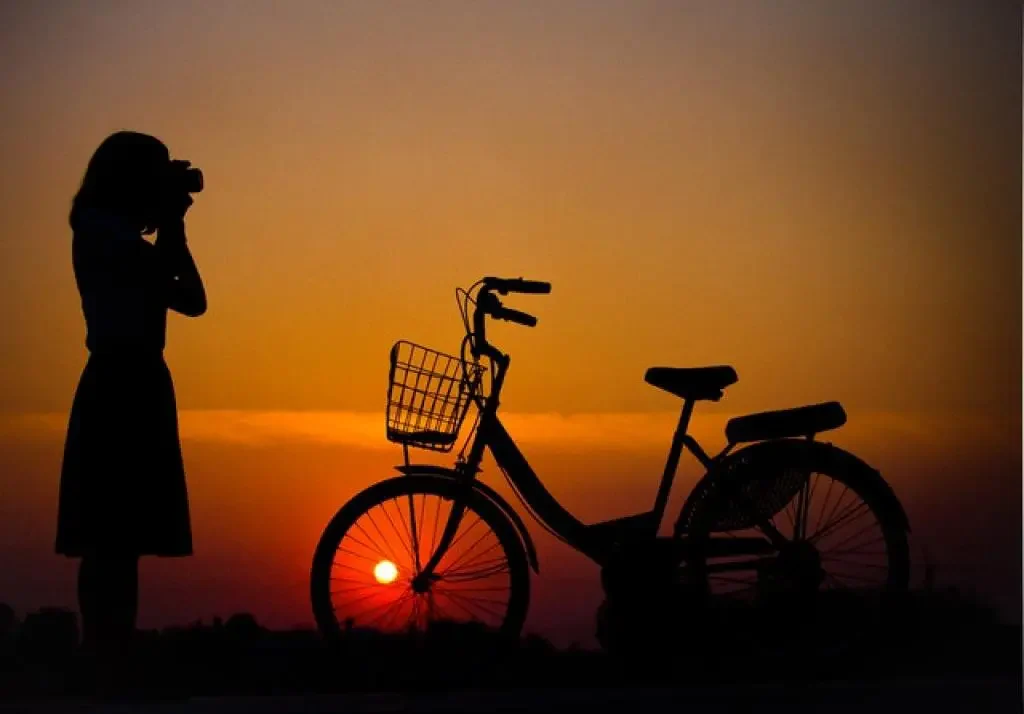
Holiday Photography
Do you want to capture the daily moments of your holiday in a simple and fast way? Then a compact camera with a good zoom is perfect for you. Think of a zoom of 10 or 12 times. Compact cameras have good preset functions to take a nice picture in every situation. You can also opt for a compact bridge camera. These models can zoom in so far that you can capture the craters of the moon in detail. Since compact cameras are more scarce, a small mirrorless camera with interchangeable lens will do too!
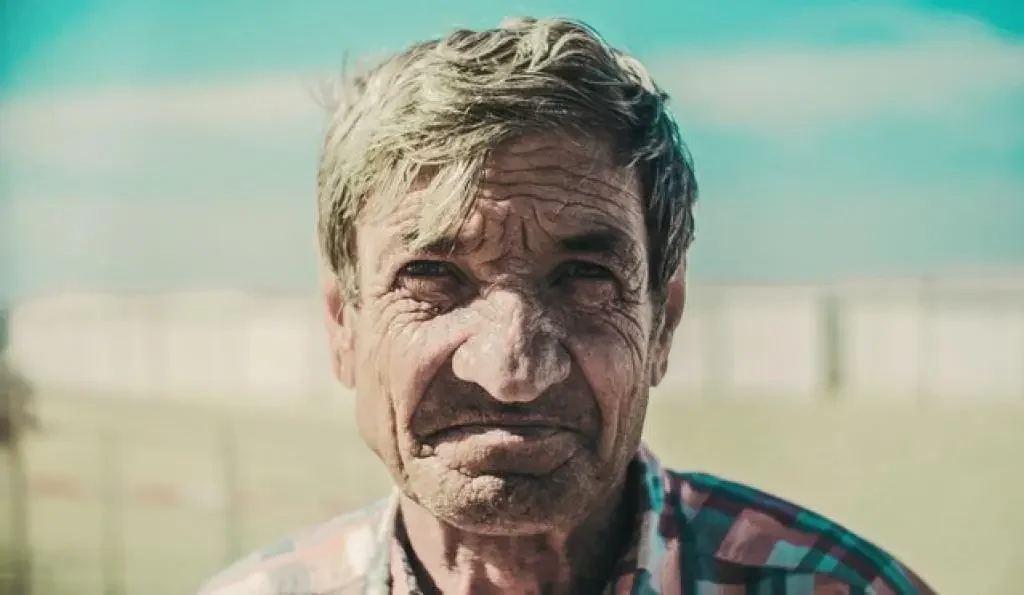
Credit: Lennart Wittstock
Portrait photography
In portrait photography, you want the person’s face to be in focus and the background to be blurry and out of focus. You need a mirrorless camera or DSLR camera for this so that you can change the lenses. You get the depth of field effect by having the largest possible aperture (for example f/2.8) and a good zoom. Lenses between 50mm and 200mm will work well for this. Lots of portrait pictures are taken with a focal point of 85mm, but it has all to do with the effect and style you would like to create.
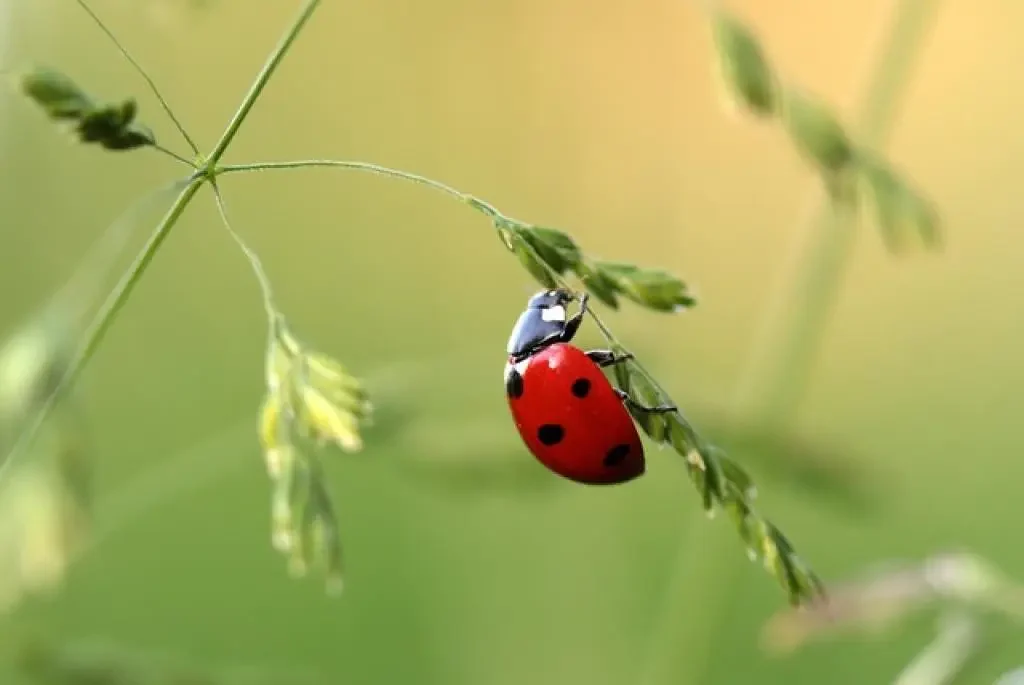
Flower and insect photography (Macro)
To capture the details of flowers and insects, you have to be very close to the object. This kind of photography is called “macrophotography”. Macrophotography works best with a ‘macro lens’. These types of lenses fit best on a mirrorless camera or SLR camera. This is also possible with a compact camera, but only if the camera offers a ‘macro’ function. And even then, it is often still difficult.
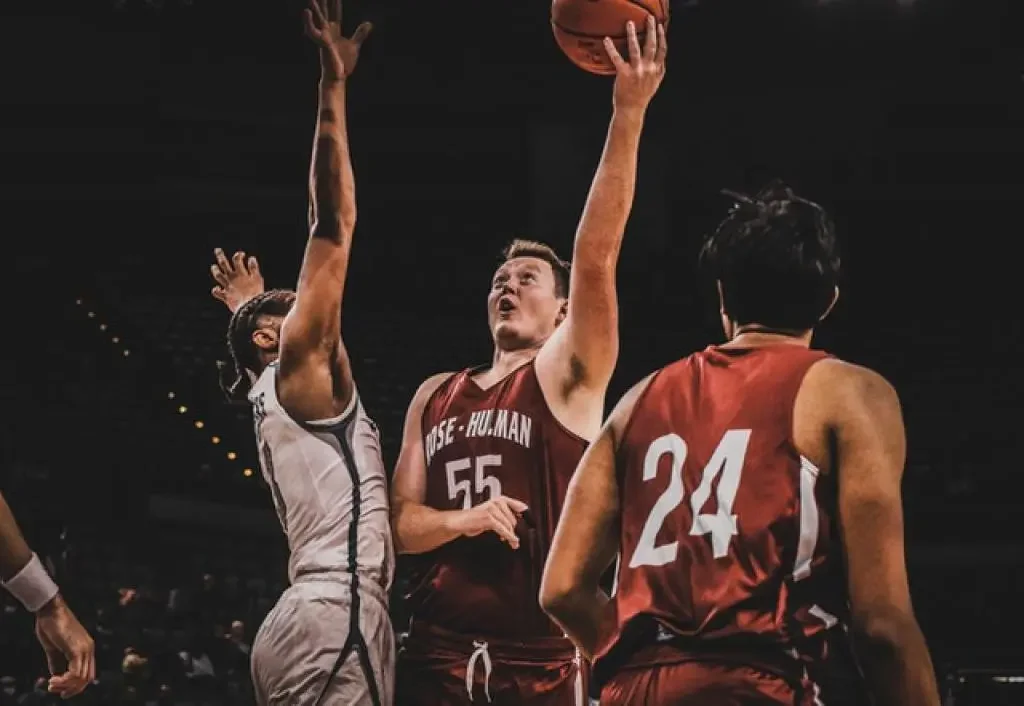
Moving subjects (sports and birds)
Would you like to photograph running children, speeding vehicles, birds, or athletes? Then it is important that the camera has a fast shutter speed and can process the photos quickly. This is easiest to achieve with a mirrorless camera or a DSLR camera.
A fast shutter speed means that your camera takes a picture quickly and lets in light for a very short time. Because light enters for less time, you want the opening of your lens to be larger, so that a lot of light can come in, in that short time. You do this by setting a higher ISO value or setting a larger aperture (for example, f/2.8).
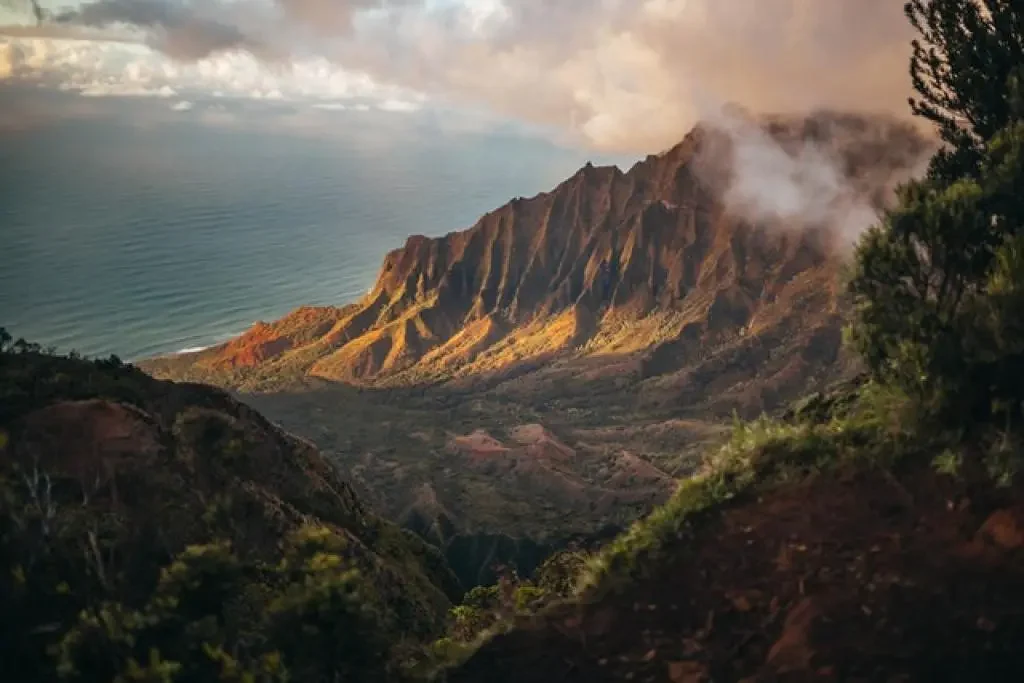
Landscape & Architectural Photography
Landscapes and architecture have something in common: they don’t run away or move. This gives you more time to set up your camera. Of course, light is essential and that might be the only factor that makes you rush. The most important thing is that you have a camera and lens that can capture a wide image. Think of a wide-angle lens of 8mm to 24mm. Full frame camera’s offer the widest field of view, but are also costlier. When using a ‘crop-sensor‘ camera, you end up having an automatic zoom of 1.5 to 2 times. That means you will be needing an ever wider lens to get the same full frame field of view.
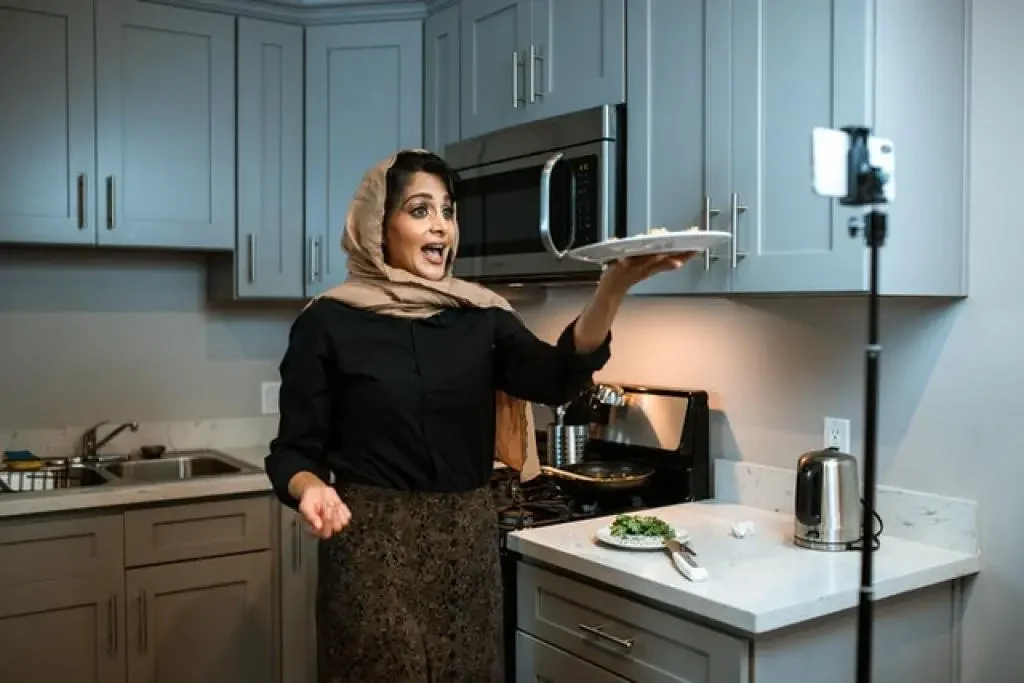
Photo credit: Rodanea
Filming vlogs or YouTube videos
There are quite some cameras on the market, especially made for vlogging. These cameras are small, with a wide field of view, and sometimes have built-in light. It is essential that your screen is tiltable so that you can see yourself. Depending on how professional you want to work, you can also look for a good and fast autofocus of the lens. Do you film yourself a lot while walking? Then you definitely wish to use a wide lens. Otherwise, the camera will be too close to your face and that will appear restless and shaky. Furthermore, make sure that the camera body or lens has an (optical) image stabilizer. Of course, there are many cameras that are specially made for vlogging.
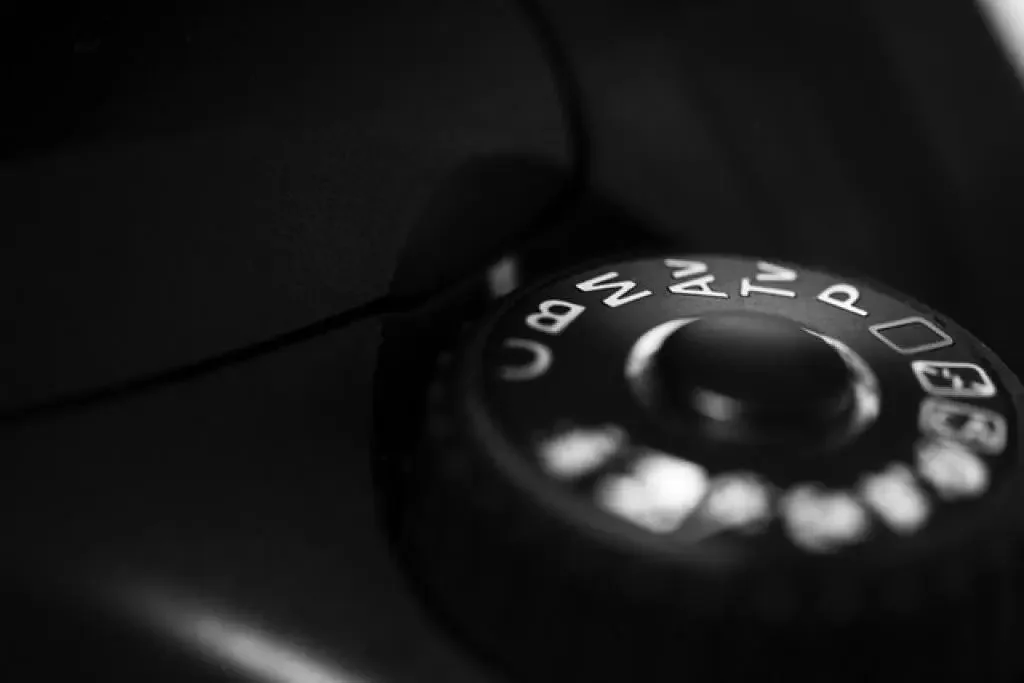
Photo credit: Elviss Railijs Bitāns
Camera with many or few manual options?
The type of camera you choose also depends on how much time you want to invest in it. Do you want to take good photos quickly on vacation? Then a compact camera is the right choice. Do you want to keep it simple, but with a large zoom and just a few more options? Then go for a bridge camera. Do you like going into the menus and figuring out what each button does, or do you want total control over the settings? Then it is best to pick a good mirrorless camera or DSLR. Both cheap and more expensive mirrorless cameras have ‘auto’ modes that will pick the best settings for you.
Cameras for fast (burst) photography
You often see how many photos per second a camera can take when looking at the specs of cameras. This information is important if you want to quickly take several photos after each other (burst). Think of a dog running by, fast cars, athletes, or a moment you don’t want to miss and therefore take several photos. Fast cameras can also focus quickly. Fast focusing has to do with both the camera and the lens. To find the perfect match for fast cameras, it is therefore the smartest thing to purchase a mirrorless camera with a minimum burst speeds of 10 photos per second. Keep in mind that the FPS (Frames per second) depends on using the mechanical or electronic shutter. The electronic shutter is always capable of reaching higher frame rates.
How many megapixels does my camera need?
Many megapixels are nice, but ultimately don’t say much about the quality of the camera and photos. Of course, you get more details with 20 megapixels than with 10, but it also depends on the sensor and data processing of your camera. A RAW (raw) photo contains more information and data than a JPEG or JPG. Overall, it is all about the quality and size of the pixels, rather than the amount. Think of camera phones with 200MP cameras. They might show many details within a photo, but zooming in on those details, you will discover those details of lower quality.
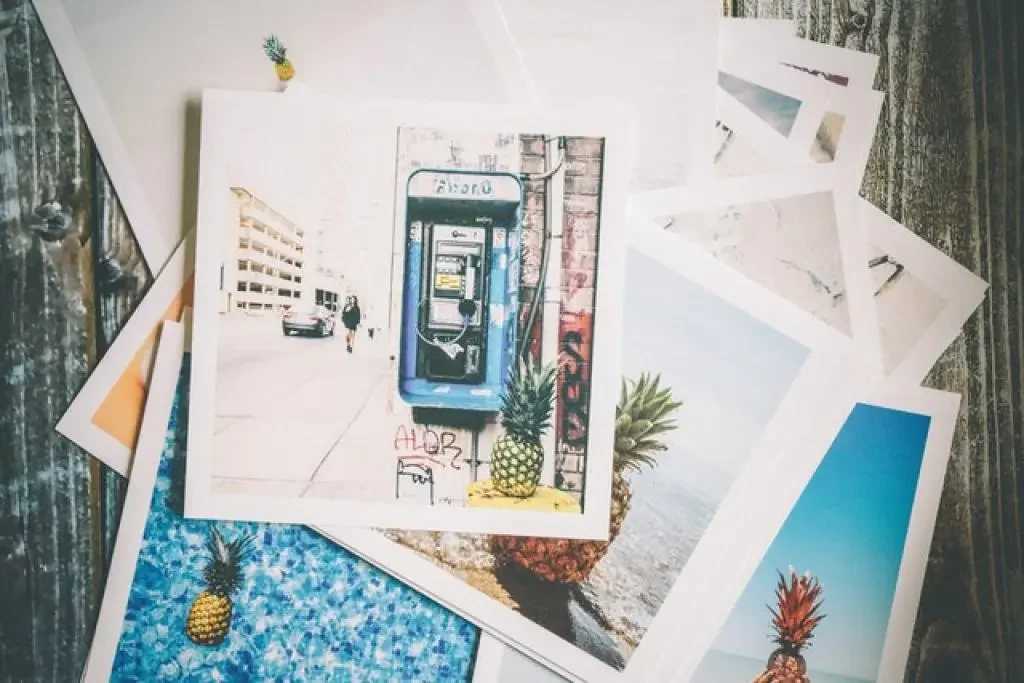
Photo credits: Pineapple Productions
Printing holiday photos
Do you want to be able to print photos for a photo scrapbook? In that case, megapixels are more important. You can make good prints from 10 megapixels and up. Most compact cameras are good enough to take photos that you can print. Megapixels, with other factors, become especially significant if you want to have large prints or edit the photo.
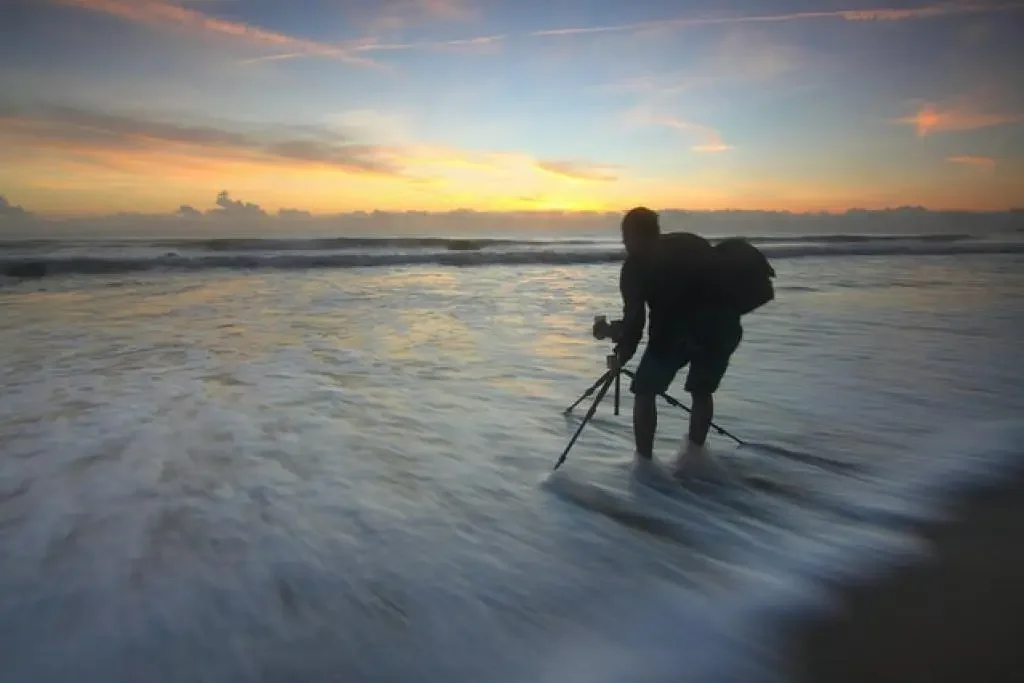
Photo credit: Pik Rie
Camera types and types
There are basically three types of popular cameras: a compact camera, a mirrorless camera and a digital single-lens reflex camera (DSLR). You use each type of camera for different purposes. Below, we tell you more about each camera type.
Compact camera
A compact camera is a real plug-and-play camera. Turn it on and take pictures. Compact cameras have the lens built into the body, are light, small and almost fully automatic. These point-and-shoot cameras are ideal if you go on holiday and want to take nice pictures easily. These cameras have many preset modes so that you can easily take a good picture in any circumstance. Are you looking for a good holiday camera? Then a compact camera is one of the cheapest options. Nowadays, compact cameras are produced in less quantities because camera phones keep getting better and better.
There are more expensive high-end compact camera models where you have more control over the settings. But if you feel that you want a device with more setting options, then it might be better to look for a mirrorless camera or DSLR camera.
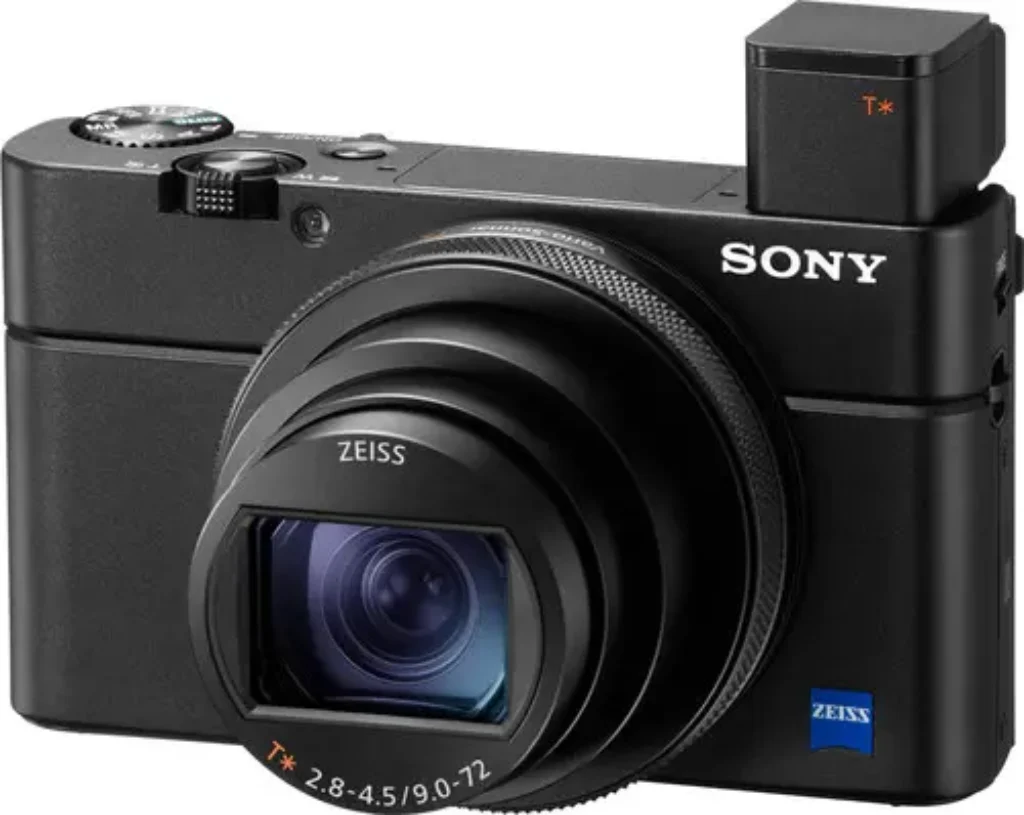
Sony CyberShot DSC-RX100 VII compact camera
Mirrorless camera
The big difference between a compact and a mirrorless camera is that the mirrorless camera has an interchangeable lens. A mirrorless camera is fully digital and does not have a mirror, whereas a DSLR does. The advantage is that mirrorless cameras are more compact and lighter than DSLRs. Where an DSLR camera has an optical viewfinder, the viewfinder of the mirrorless camera is completely digital. With mirrorless cameras, you can manage all settings manually, and you have full control over the camera. However, every mirrorless camera also has an automatic mode that determines the best settings for you. The advantage of mirrorless cameras is that you can both take photos and film in higher picture qualities. The better models film in high quality 4K or even 8K, record good sound and even have optical image stabilization.
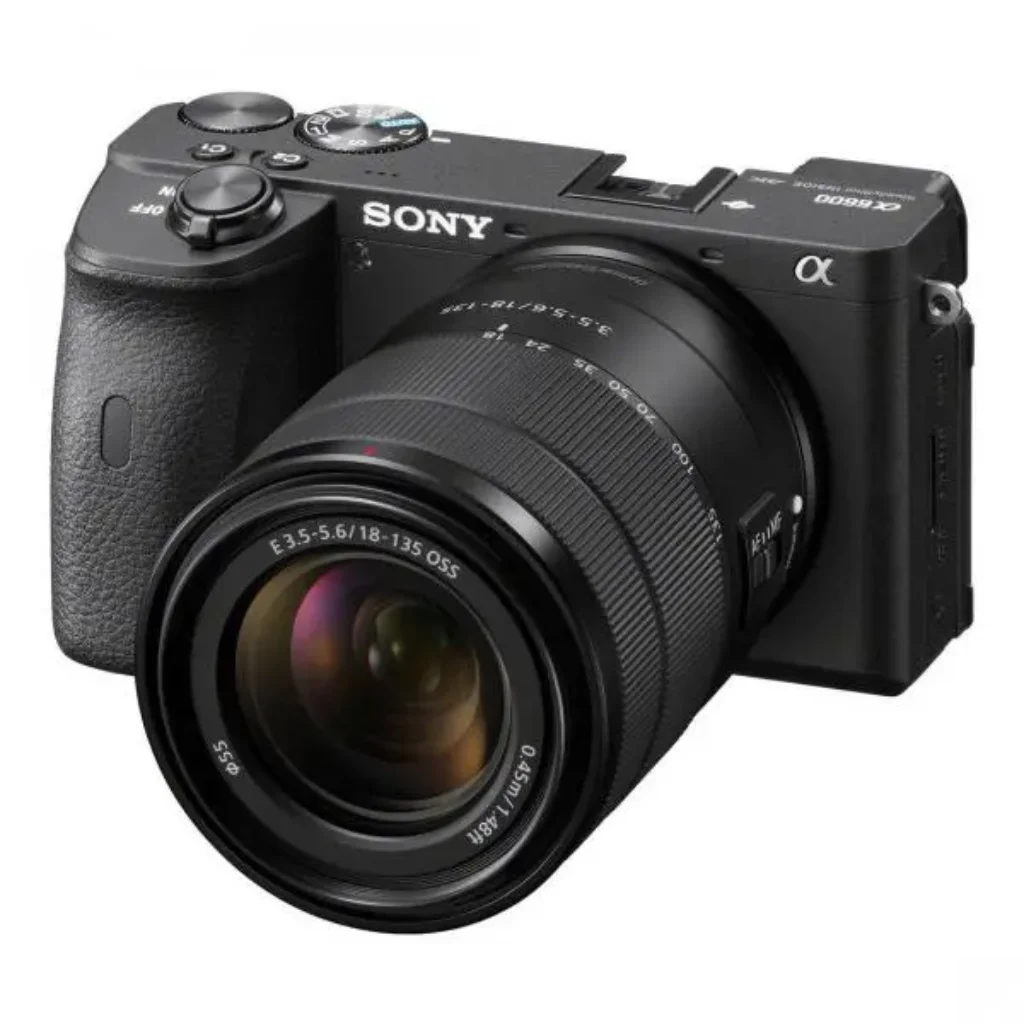
Sony Alpha A6600 mirrorless camera + 18-135mm
Digital Single Lens Reflex camera or DSLR
In an DSLR camera, there is a small mirror that reflects the light that comes through the lens and reflects it to the ‘viewfinder’. The viewfinder is the opening through which you look and determine your composition. The advantage of this is that you get the purest representation of reality. You’ll see more details, colors and light dynamics. The moment you take a picture, the mirror moves up, so that the light goes directly to the sensor of the camera.
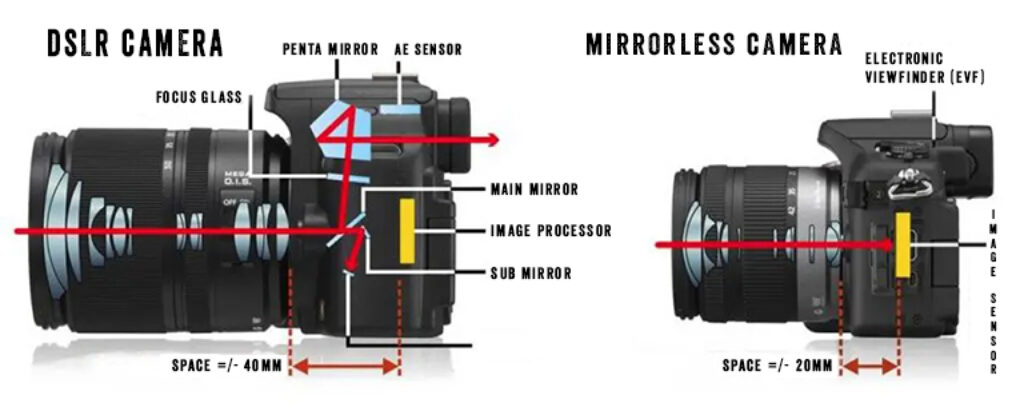
SLR cameras are also called SLR or DSLR. SLR stands for Single Lens Reflex. These are all cameras that work with film and are not digital. Later, the cameras became digital and the ‘D’ of Digital was added to the name: Digital Single Lens Reflex (DSLR). DSLRs have interchangeable lenses. So, you can choose to mount a large zoom lens or a lens with a fixed focal length (prime).
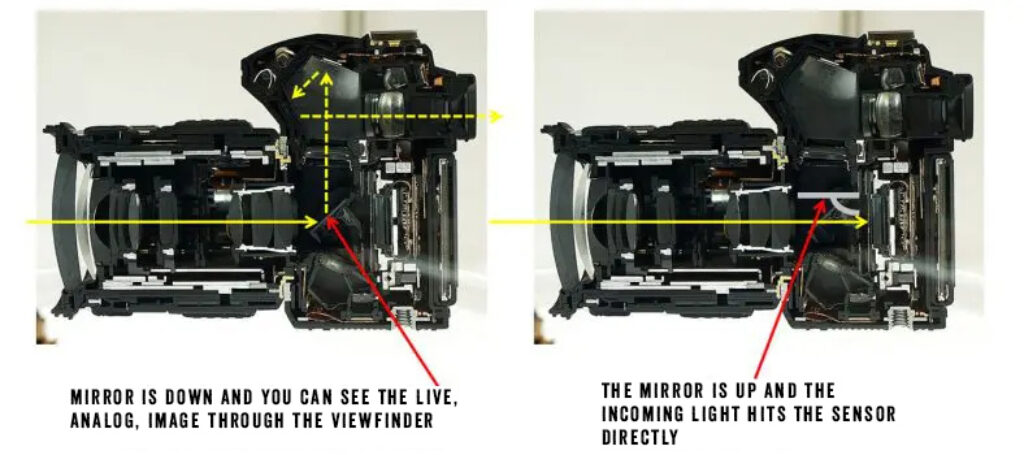
Currently, fewer and fewer new DSLRs are being launched on the market because mirrorless cameras are gaining a larger market share. This is because the better mirrorless cameras can do everything and more than DSLRs.
Bridge camera
Bridge cameras are actually compact cameras, but with a very large built-in zoom lens. In addition, you can set settings such as aperture, ISO and, for example, time-lapse, more easily yourself. Determining the settings completely yourself usually works better with the more expensive models. The cameras are a bit bigger, heavier and look a bit like traditional mirrorless cameras.
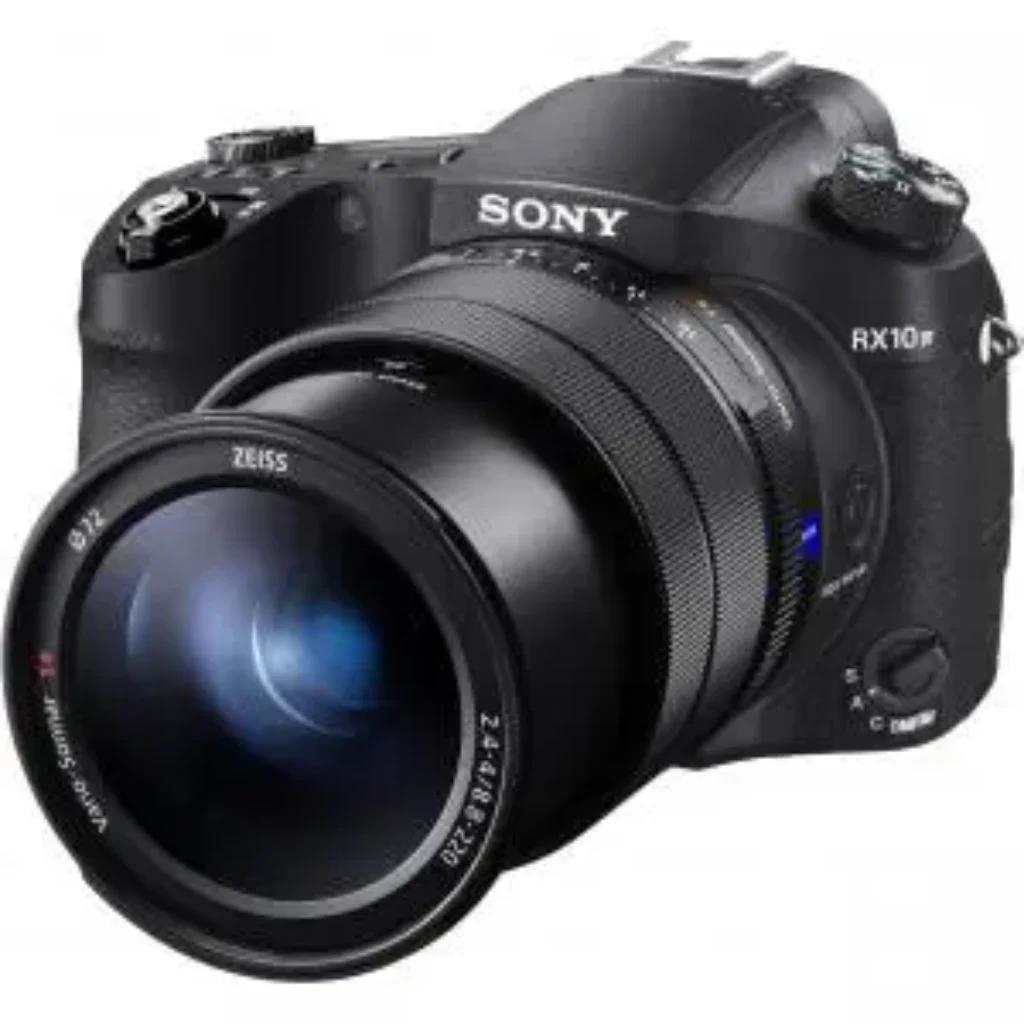
Sony RX 10 IV Bridge Camera
They are still easy cameras to operate, but with just a few more options and a good optical zoom. Another word for bridge cameras is ‘super zoom’ camera.
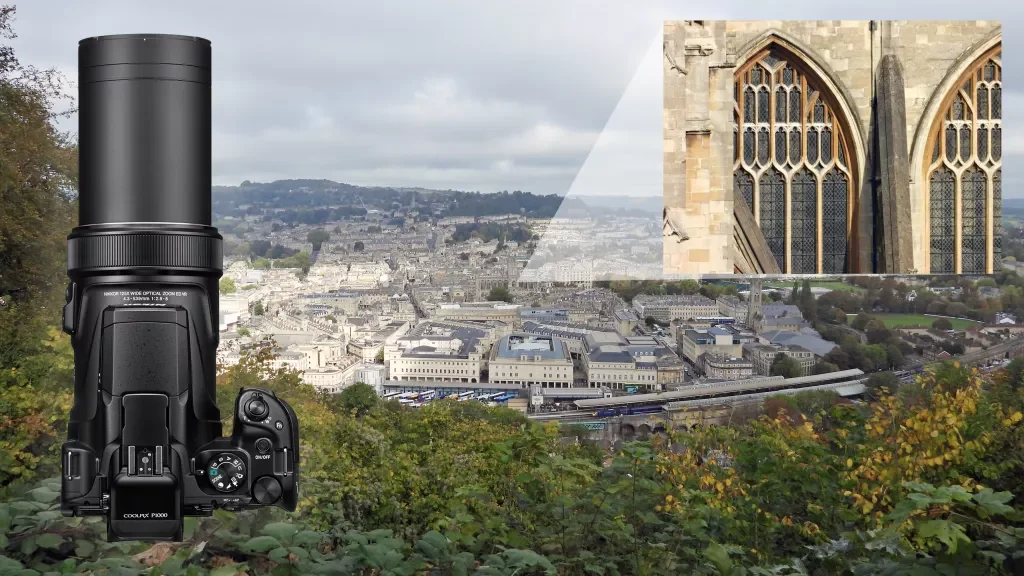
Extreme zoom with the Nikon P1000 bridge camera. Photo credit: Ben Andrews/Digital Camera World
360 degree camera
The name actually says it all: with these cameras, you can take 360-degree photos and videos. This device is actually more of an (expensive) gadget. When a photo taken or video recorded, it uses cameras on multiple sides. Later, you can view the image in 360 degrees on your smartphone, computer, or the device itself. The new generation of 360-degree cameras can also film, and the better models automatically put all the images together for you (stitching). If you buy a cheaper model, you sometimes have to load the video images onto your computer and put the images together with a special program. Fortunately, this happens automatically, but the disadvantage is that you have to do some extra work to see the images in their full glory.
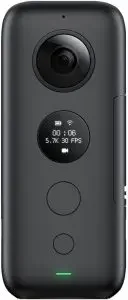
Insta360 One X
What do you use a 360-degree camera for? Think of capturing sports or as a journalist, it is ideal to capture as honest an image as possible. Interior photographers also love this type of camera because you can capture an entire room at once.
Instant cameras
Instant cameras have a built-in printer. You take a photo and the photo is printed immediately. Depending on the type of photo paper, you don’t see anything for the first few minutes and suddenly the photo appears. Nowadays, you also have digital instant cameras. You can save a photo on the camera, select it or delete it before it is printed.
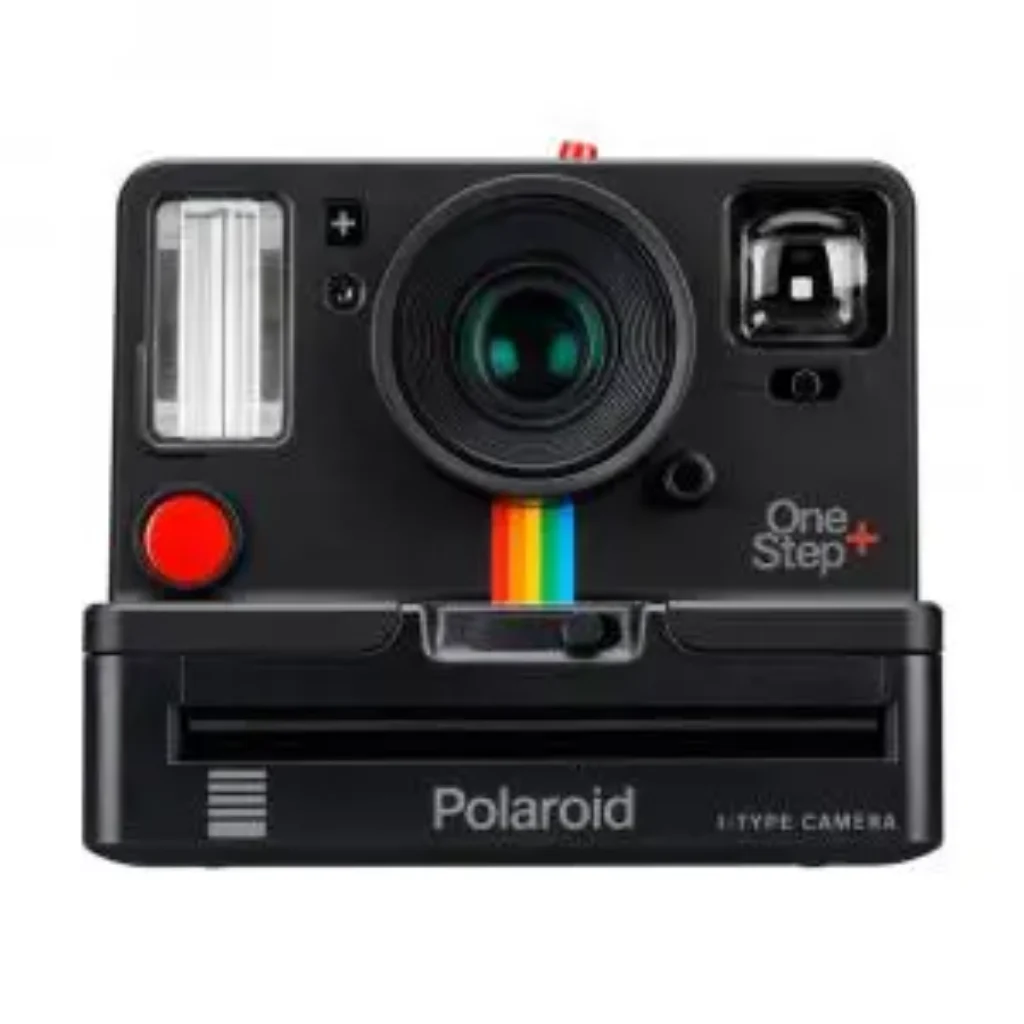
Polaroid Originals instant camera
Instant cameras are fun at parties and places where you want to give people an instant memory. Please note, you can only take a limited number of photos. So, you have to think a little longer before taking the picture. While instant cameras are not too expensive, the photo paper is pricier. These types of cameras are also called ‘Polaroid camera’ or ‘(Fujifilm) Instax camera’.
Actioncamera
Action cameras or action cams are perfect for sports enthusiasts. GoPro was one of the first to market these cameras. They are tiny cameras that you can mount on a helmet, bicycle, snowboard or somewhere high in a tree. They are waterproof, take good photos and shoot 4K+ UHD videos. There is often a nice slow motion function as well!
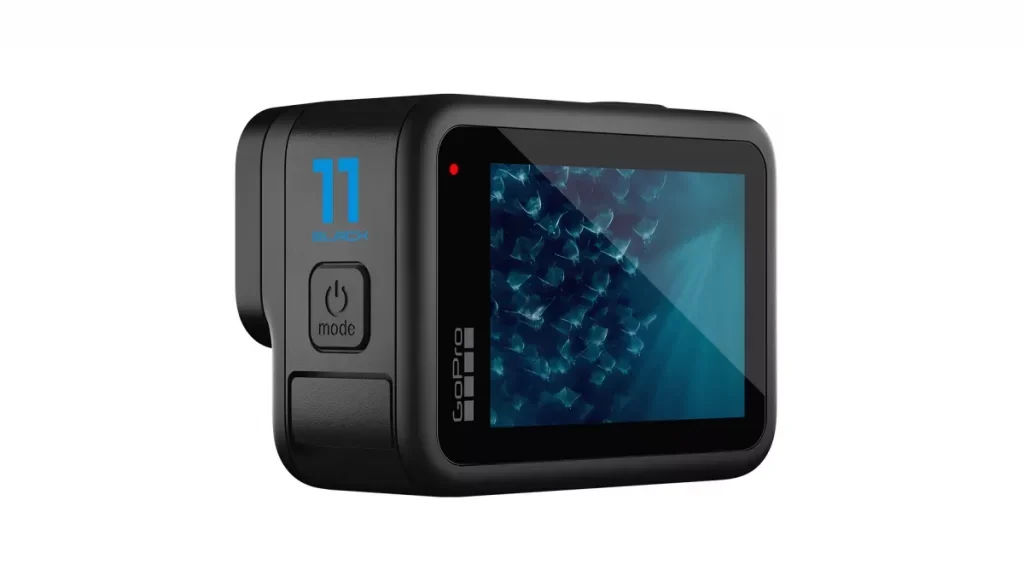
GoPro Hero 11 Black
Action cameras are one of the smallest cameras you can find on the market, but the setting options are limited. The action cam is perfect if you want a camera on your helmet while abseiling and rafting, or if you want to make videos of scuba diving or bungee jumping. Because the action camera is so small, you can mount it in places where other cameras are too big. This makes it possible to capture unique images.
Medium format camera
For consumers, medium format cameras might be less known. This is because medium format cameras are mainly used for professional studio projects. Think of commercial photography of cars, models, and products.
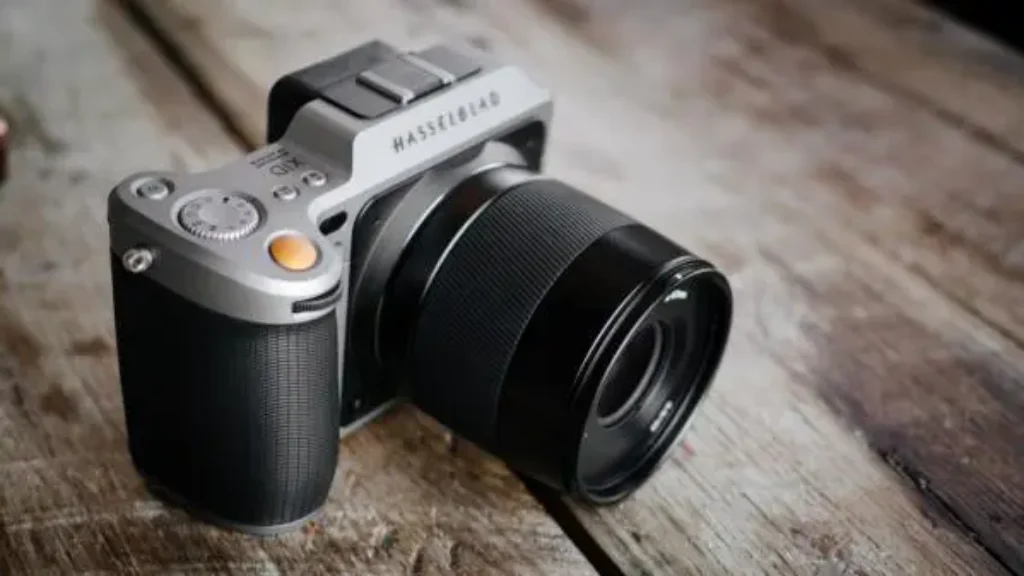
Hasselblad X1D medium format camera
The medium format cameras have a very large sensor, many megapixels, and information processing. You hardly get a higher quality photo than with these cameras. Well-known brands are Hasselblad, Fujifilm and Mamiya. The starting price of these cameras is about €4000.
Analog camera
You may remember analog cameras from the past. Cameras with a film roll where you have to turn the dial to take the next photo. Both SLR and small cameras used rolls of film.
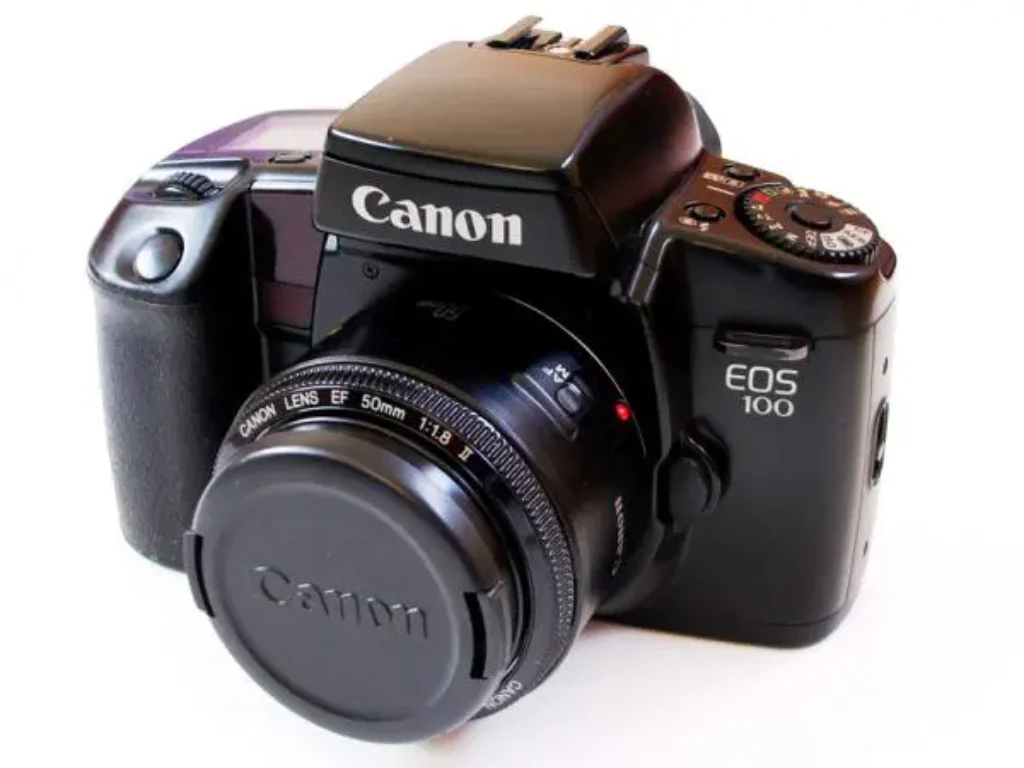
Canon EOS R100 analoge camera
An analog camera is a good way to train your eyes, view on photography and cropping. You only have 24 or 36 photos per roll. So, you have to think carefully before taking the picture. Is this worth it? Yes, and something different from the 1000 photos you take on digital cameras.
Conclusion
You should now have a better idea of what kind of photographer you are and what subject suits you. You then choose the right camera and thanks to this guide you also know what to look out for when buying a new camera. Also check out one of our ‘best lists’ to find the best camera or lens in each category.
What is Camera Deals Online?
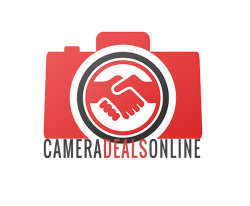
We at Camera Deals Online find the best video and photo camera, lens and drone and online prices for you. With us, you can find camera prices, top-lists and we write reviews and blogs with tips and camera information. In addition, we give you the latest news about cameras, smartphones, camera equipment, film, and the photography field. This way, we help you find and buy the best camera, lens, drone, gimbal and accessories. Our website is 100% independent.
Camera Deals Online exists thanks to you! When you buy a product through one of our links, we receive a small percentage of the total amount. This has no effect on the price of the product. Thank you!
News and recent posts










